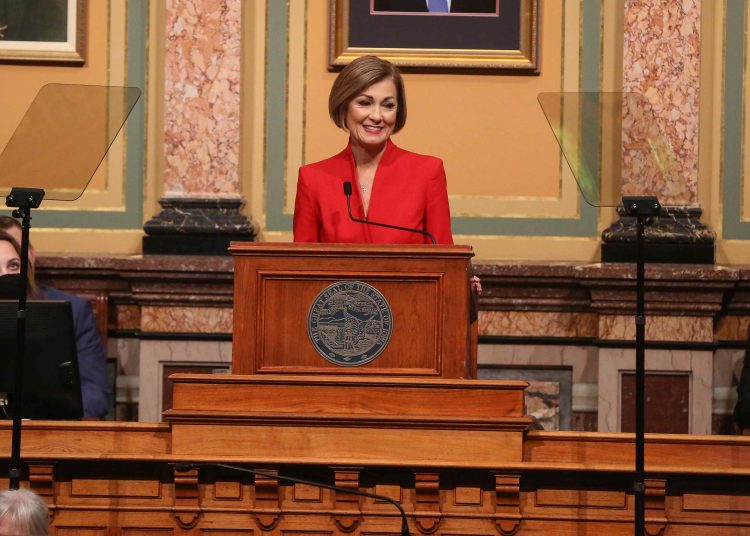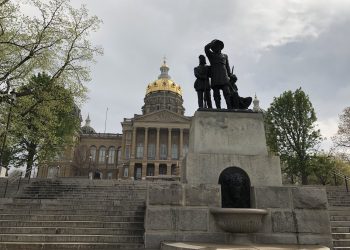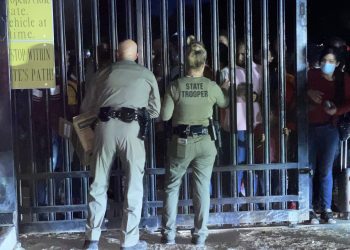Governor Kim Reynolds in her Condition of the State Address proposed the Students First Act, a bold comprehensive education reform plan, which places Iowa students first by removing barriers to educational opportunity. The goal is to ensure that socioeconomic status and zip codes do not limit the ability of parents to provide the best education for their children.
The COVID-19 pandemic has brought education policy to the forefront as parents struggle with educating their children while trying to prevent the “COVID” academic slide from occurring. Governor Reynolds not only called for schools to be 100 percent open, but she also argued that parents need more choice. School choice provides parents with the option and flexibility to provide the education that will best serve the needs of their children.
“School choice shouldn’t be limited to those who have the financial means or are lucky to live in a district that’s confident enough to allow open enrollment. So, let’s make choice an option for everyone,” stated Governor Reynolds. Often school choice is viewed as a student switching from a public to a private or homeschool alternative, but open enrollment serves as an important element of parental choice in education. A major part of the Students First Act is “making open enrollment available in all districts.”
Most school districts in Iowa allow open enrollment, but currently, five districts have voluntary diversity plans which place restrictions on open enrollment. The objective of these plans is to maintain a diverse balance of students within each district by regulating the number of students who can enroll in and out of the district. If a student is denied open enrollment as a result of the voluntary diversity plan, the parent can challenge the decision through the judicial process.
Although race cannot be used as a factor, districts can use other metrics such as socioeconomic status and the percentage of students who are eligible for free and reduced meals to regulate open enrollment. Voluntary diversity plans often make it more difficult for parents who wish to open enroll their child into another district for reasons such as academic, health, or even safety.
The Governor is not only proposing to remove roadblocks to open enrollment but also expand charter schools. Further, the legislation calls for the establishment of a “Student First Scholarship” program, which is an Education Savings Account (ESA), for “students who are trapped in a failing school.” An ESA is not only beneficial for providing flexibility, but it allows education funding to follow the student rather than a school system.
Creating more educational options in Iowa will lead to greater competition among schools, which will force them to improve the quality of education they provide. “When schools must compete to attract and retain students, their offerings generally get better, as do their outcomes,” wrote John Hood, who serves as chairman of the John Locke Foundation.
Governor Reynolds correctly stated that “school choice isn’t a zero-sum game. It has the potential to raise the quality for all schools. And for those schools that do fall behind, it ensures our children don’t fall with them.” Both Governor Reynolds and the Republican-led legislature have placed a priority on education with not only funding but with expanding school choice.
Iowa has the potential to expand educational opportunities by removing barriers and creating more options for parents. Governor Reynolds is correct to place parents and kids first and that every child should receive “a quality education, regardless of income, and no matter their zip code.”
















